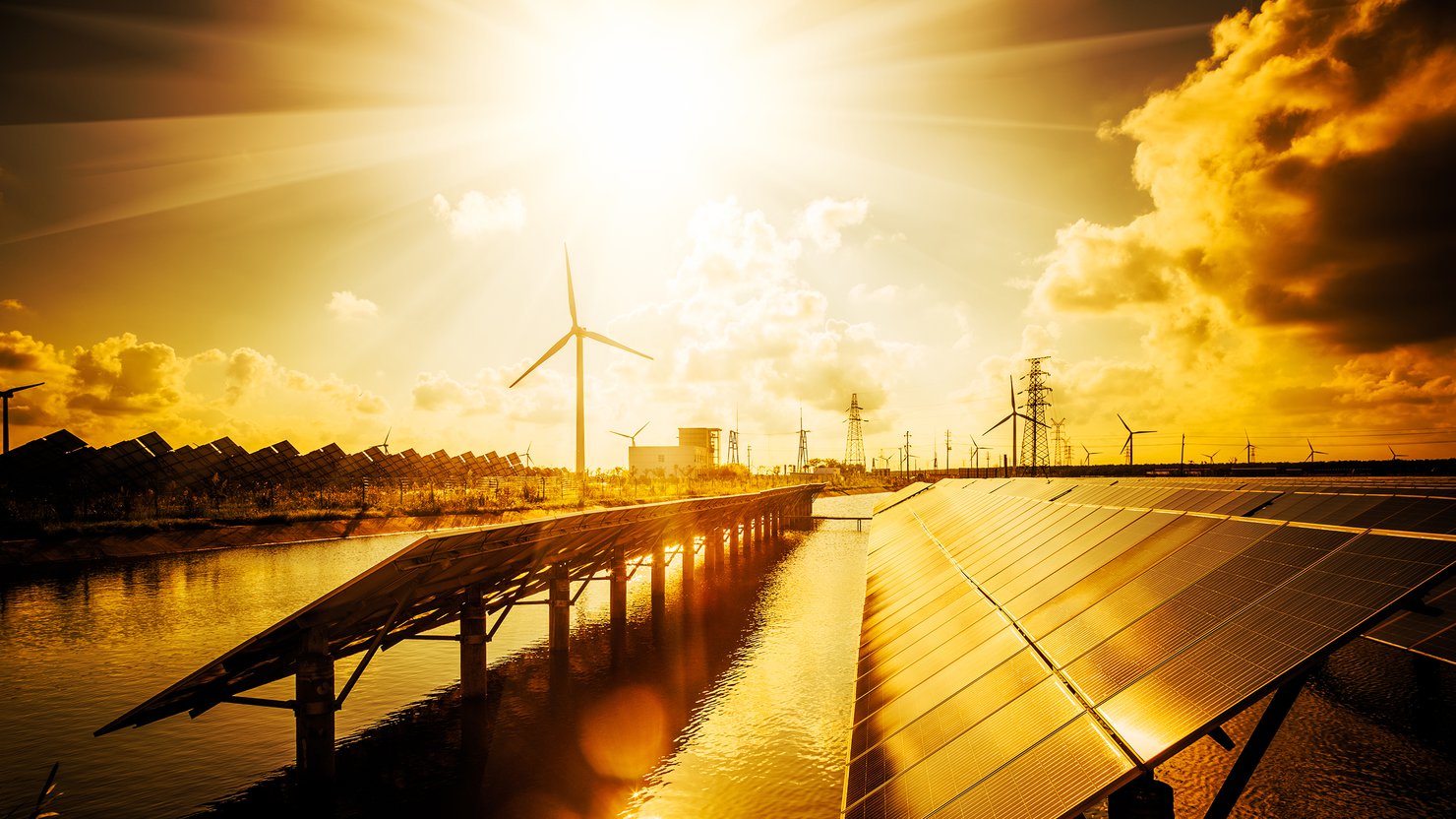Global Energy Outlook 2020: Energy Transition or Energy Addition?
With commentary on the implications of the COVID-19 pandemic, the RFF Global Energy Outlook provides a review of global energy market projections by leading international energy organizations and corporations.
Abstract
Global energy consumption has grown rapidly over the past century, driven by an expanding population and increasing prosperity. Demand has risen for virtually all sources—coal, oil, natural gas, nuclear energy, and renewables. These “additions” to the global energy system reflect broadly positive trends of higher living standards, decreasing global poverty, and longer livelihoods. At the same time, rising fossil fuel consumption is the leading cause of global climate change and creates other major environmental challenges. To address these challenges, the global energy system will need to undergo a clean energy transition, whereby sources of energy that emit greenhouse gases are replaced by increasingly cleaner sources. In this annual report, we review and compare—on an apples-to-apples basis—recent long-term projections from some of the world’s leading energy institutions. These projections suggest that the world may be on the cusp of its first true energy transition, but also that more ambitious public policies and technological innovations are needed to satisfy the energy demands of the world’s growing population while also achieving long-term environmental goals. As the projections presented here were all generated well before the onset of COVID-19, they do not reflect the unprecedented global changes that have occurred in recent months. However, throughout the paper, we have added discussion boxes to address how COVID-19 might affect the projections presented, particularly in the short run.
Related
Key Findings
- In a global economy shaken deeply by COVID-19, short-term demand declines for fossil fuels, while renewables are estimated to grow slightly.
- The International Energy Agency (IEA) estimates that primary energy demand in 2020 could decline for oil (–9%), coal (–8%), natural gas (–5%), and nuclear (–2%), while renewables would grow by 1%.
- But uncertainty abounds: future GDP and energy trends are uncertain long term, with recent research suggesting that the range of economic growth paths considered by most energy outlooks is far more narrow than the historical record suggests.
- As travel and human activity are slashed to curb the spread of COVID-19, reduced fossil energy consumption in 2020 will reduce CO2 emissions.
- The IEA estimates that emissions could fall by roughly 8% this year, returning to their 2010 levels. However, absent substantial changes in public policies to address climate change, a return to economic growth likely means a return to emissions growth.
- The IEA estimates that emissions could fall by roughly 8% this year, returning to their 2010 levels. However, absent substantial changes in public policies to address climate change, a return to economic growth likely means a return to emissions growth.
- Paris Agreement targets will not be reached without substantial new policies and widespread deployment of low-, zero-, and potentially negative-emissions technologies.
- From 1998 through 2018, global energy-related CO2 emissions grew by 48%. Over the next 20 years, most Ambitious Climate scenarios suggest that emissions will need to decline at roughly the same rate to align with international climate goals.
- From 1998 through 2018, global energy-related CO2 emissions grew by 48%. Over the next 20 years, most Ambitious Climate scenarios suggest that emissions will need to decline at roughly the same rate to align with international climate goals.
- The future of coal is driven by the global East.
- Stark differences in fossil fuel consumption mark the energy divide across the global East (Asia-Pacific, Africa, and the Middle East) and global West (the Americas, Europe, and Eurasia).
- Apart from natural gas, fossil fuel demand is expected to decline in the global West across all scenarios from 2018 to 2040; in contrast, in the global East, demand for coal, oil, natural gas, and other fossil fuels grows under most scenarios, but begins to decline under Ambitious Climate scenarios.
- Since 2009, the levelized cost of solar photovoltaic (PV) power has declined by nearly 90%. Over that time, global solar electricity production has grown more than tenfold. But this may be just the beginning.
- Solar power has grown from supplying less than 0.01% of the world’s electricity in 2008 to more than 2% in 2018. By 2040, multiple scenarios project that solar will provide over 20% of the world’s electricity.








